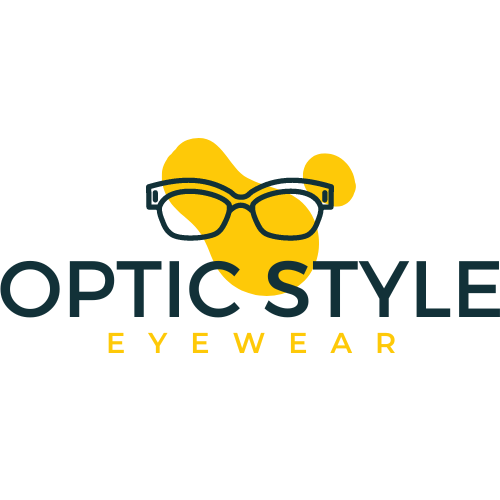Innovations in Contact Lens Technology
Contact lenses have come a long way since they were first introduced in the 19th century. From their humble beginnings as a corrective tool, contact lenses have evolved into a sophisticated and versatile form of eyewear. Recent innovations in contact lens technology are revolutionizing the way we see and experience the world.
One of the most significant advancements in contact lens technology is the development of silicone hydrogel lenses. Traditional soft lenses were made from hydrogel material, which allowed oxygen to pass through the lens and reach the eye. However, silicone hydrogel lenses take this concept to the next level by combining high-oxygen permeability with the exceptional comfort of soft lenses.
Silicone hydrogel lenses allow up to five times more oxygen to reach the cornea than traditional hydrogel lenses, resulting in healthier eyes and reduced risk of complications such as corneal neovascularization and corneal edema. These lenses have become increasingly popular among contact lens wearers due to their exceptional comfort, extended wear options, and ability to retain moisture.
Another groundbreaking innovation in contact lens technology is the integration of smart contact lenses. These lenses are designed to monitor various aspects of ocular health and provide real-time feedback to both wearers and healthcare professionals. For instance, some smart contact lenses can measure intraocular pressure, a key indicator for glaucoma.
Glaucoma is a chronic eye disease characterized by increased intraocular pressure, which can lead to optic nerve damage and vision loss. By continuously monitoring intraocular pressure, these smart contact lenses enable early detection of glaucoma and allow for timely intervention, potentially saving the patient’s vision.
In addition to monitoring ocular health, smart contact lenses can also serve as a platform for augmented reality (AR) applications. Companies like Mojo Vision are developing lenses with integrated microdisplays and sensors, allowing wearers to access information and digital content directly in their field of vision.
Imagine a world where you can read emails, check the weather, or navigate through a new city without having to pull out your smartphone. With smart contact lenses, this futuristic vision is becoming a reality. Although still in the early stages, AR contact lenses hold immense potential for enhancing our daily lives and reshaping human-computer interaction.
Moreover, advancements in contact lens technology have not only focused on bringing better vision to people with refractive errors but also on improving the lives of those with eye conditions such as age-related macular degeneration (AMD). Researchers at the University of Birmingham and Aston University have developed a new type of contact lens that can enhance the low vision caused by AMD.
This special type of contact lens acts as a miniature telescope and magnifies the image perceived by the wearer. By projecting the image onto a healthy part of the retina, the lens compensates for the damage caused by AMD. This innovation has the potential to significantly improve the quality of life for individuals with AMD and provide them with greater independence and functionality.
In conclusion, continuous advancements in contact lens technology are transforming the way we see and interact with the world. From silicone hydrogel lenses that enhance comfort and oxygen permeability to smart lenses that monitor ocular health and provide augmented reality experiences, contact lenses are no longer just a means for correcting vision. These innovations hold promise for the future, offering new possibilities for enhanced vision, improved eye health, and a more connected world.
